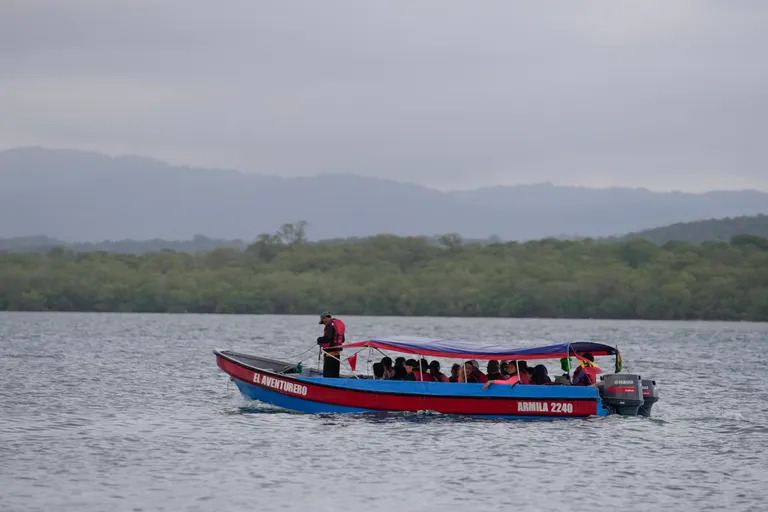Panama is working to regulate a long-used migrant smuggling route that has traditionally taken people north toward the United States, but is now being used in reverse as more migrants return to South America. This shift has been largely influenced by the Trump administration’s immigration policies, which have made it increasingly difficult for migrants to seek asylum in the U.S.
Many migrants, especially from Venezuela and Colombia, have endured the treacherous journey through the Darien Gap—a dense jungle separating Colombia and Panama—only to be stuck in Mexico for over a year, waiting for asylum appointments. Facing uncertainty, many are now choosing to head back south, using boats along the Caribbean Sea instead of risking another journey through the jungle. These boats drop migrants off in northern Colombia, where they continue their travels.
In previous years, these boats served as a “VIP route” for migrants heading north—allowing those who could afford it to bypass the dangerous trek through the jungle. Now, with the shift in migration patterns, authorities are grappling with the safety and regulation of these routes.
The Panamanian government has come under scrutiny following a tragedy on Friday, when a boat carrying migrants capsized, resulting in the death of an 8-year-old Venezuelan child. The incident has sparked concerns over the safety of these unofficial transport routes.
Panamanian Security Minister Frank Abrego acknowledged on Tuesday that these southbound boats are operating with the awareness of regional authorities, but he emphasized that they are still part of irregular arrangements made between boat operators and migrants. He assured the public that officials are closely monitoring the boats to prevent human trafficking, unlawful detention, and other forms of criminal activity.
With migration dynamics shifting, Panama is now considering formalizing these transport routes to improve safety and prevent further tragedies, marking a significant change in how the region manages migration flows.

